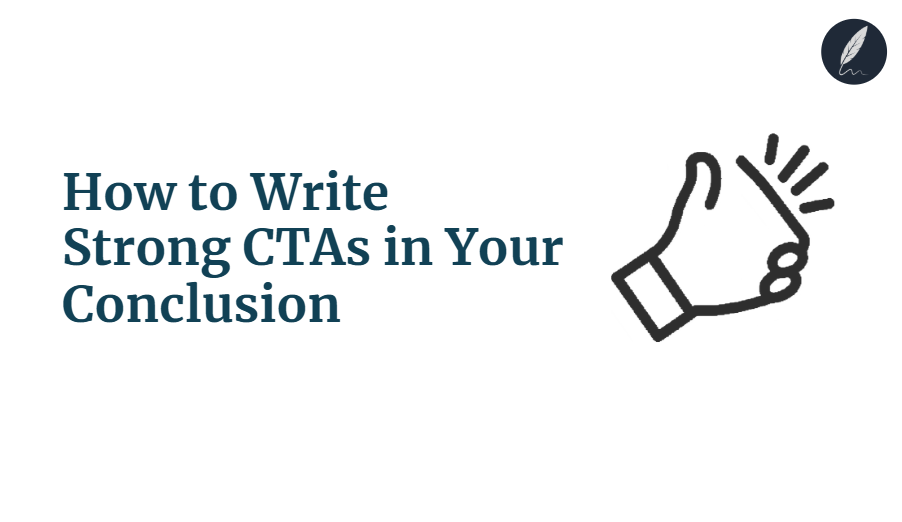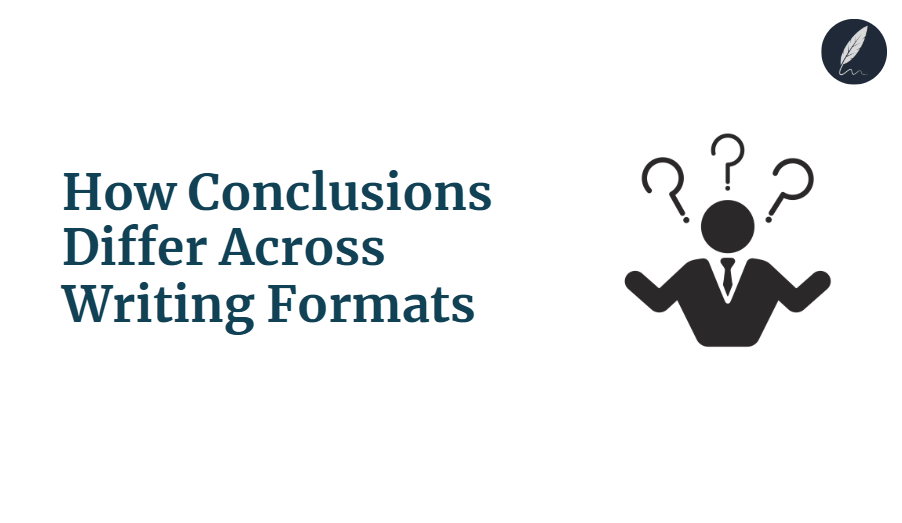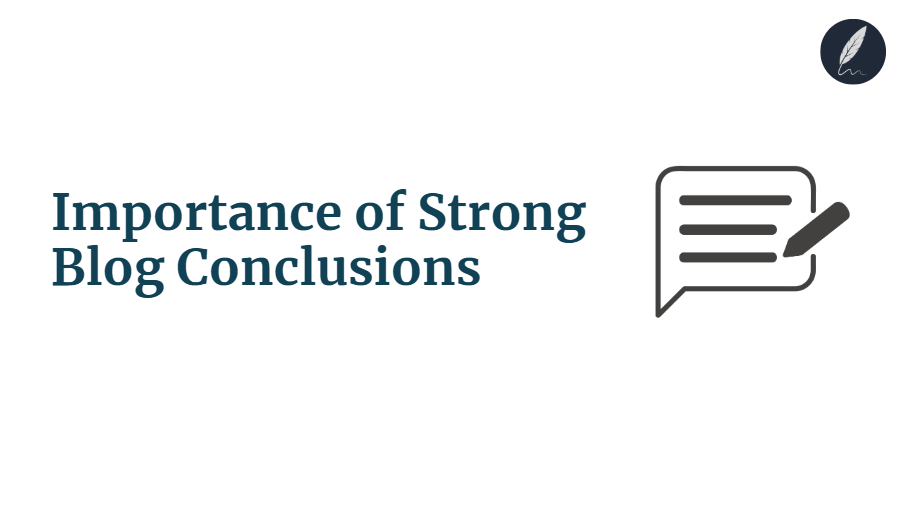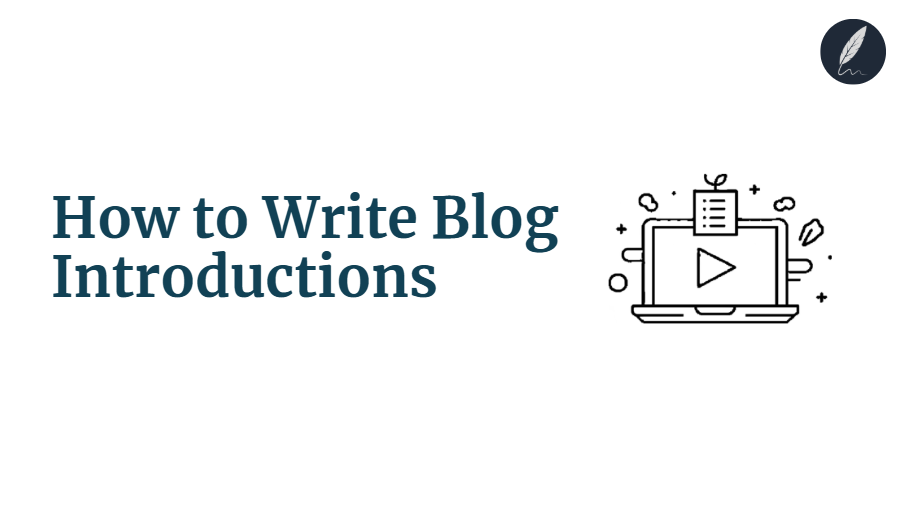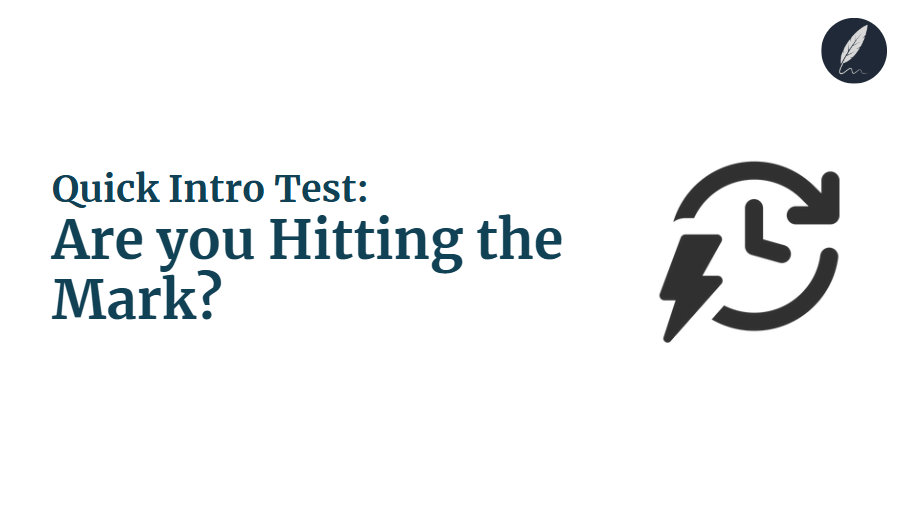You’ve poured effort into crafting engaging content, but does it truly deliver results at the very end?
A powerful conclusion isn’t just a wrap-up, it’s a critical bridge, transforming passive readers into active participants.
Writing a strong call to action in conclusion can dramatically boost your content’s impact and achieve your strategic goals.
This guide will teach you to write a call to action that truly converts, exploring effective conclusion CTAs, call to action examples for conclusions, and essential conclusion CTA best practices.
Discover how a well-placed CTA can make your blog post conclusion truly shine, leading to more conversions and deeper engagement.
Key Takeaways
- CTAs Drive Action: A strong CTA in conclusion is crucial for guiding readers to their next step and maximizing conversion goals.
- Clarity is Key: Effective CTAs are concise, use action-oriented language, and offer clear value to the reader.
- Match Your Goal: Choose the right call to actions whether it’s for subscriptions, downloads, product visits, or contact.
- Optimize Visually: Make your blog post conclusion stand out with prominent placement and distinct design elements.
- Test and Refine: Continuously A/B test different writing powerful CTAs to find what resonates best with your audience.
- Avoid Pitfalls: Implement conclusion CTA best practices by avoiding vague language and overwhelming readers with too many options.
Why a Strong Conclusion CTA Matters for Your Content Strategy
You’ve spent time crafting compelling content. You’ve informed, educated, or entertained your readers. But what happens after they finish reading?
Without a clear strong call to action, your valuable content might just end there. A well-placed CTA isn’t just a nice-to-have, vital part of your content strategy.
It transforms passive reading into active engagement, moving your audience towards your business goals.
1. Guiding Readers to Their Next Logical Step
Imagine a roadmap with no final destination marked. That’s what content without a conclusion CTA can feel like to your readers. They’ve absorbed your information, but now what?
A strong conclusion CTA prevents this uncertainty by giving clear direction.
It helps in preventing reader drop-off. Instead of simply closing their tab, your readers are guided directly to the next logical step. This ensures they know exactly what to do after consuming your content, effectively defining the journey you want them to take.
For example, if someone just finished reading an article about SEO best practices, their next logical step might be to download an SEO checklist or explore an SEO tool.
The CTA acts as a clear signpost, pointing them forward.
2. Boosting User Engagement Metrics
When readers interact with your content beyond just reading, it signals higher engagement to search engines and to you.
An effective conclusion CTA encourages this interaction, leading to improved user metrics.
- Increased Time-on-Page: A compelling CTA encourages readers to linger on your page longer, exploring the next suggested action. This added time can signal to search engines that your content is valuable and relevant.
- Higher Click-Through Rates (CTRs): By directing readers to relevant internal pages or resources, you boost internal CTRs. This keeps them within your website ecosystem, increasing the chances of further interaction or conversion.
- Improved Session Duration: As readers follow your CTA to other parts of your site, their overall session duration on your website increases. This deeper engagement is a key metric for content success and indicates a more successful user journey.
3. Driving Conversions and Business Goals
Ultimately, content isn’t just about views, it’s about achieving measurable results. A conclusion call to action is a direct pathway to achieving your business objectives.
For instance, a hypothetical blog focusing on marketing tips recently optimized its conclusion CTA for its newsletter sign-ups.
By making the CTA more prominent and benefit-oriented, they saw a 15% increase in newsletter subscriptions within a month. This illustrates the direct impact that writing powerful CTAs can have on your bottom line.
4. Reinforcing the Article’s Core Message
A well-chosen CTA doesn’t just ask for an action, it reinforces the value of what the reader just consumed. It provides actionable takeaways, helping readers immediately apply what they’ve learned. This moves them from simply knowing to actively doing.
By tying the content’s value directly to a desired action, the CTA also aids in memory retention.
For example, if your article taught readers how to improve their writing, a CTA to “Download our comprehensive writing checklist” makes the learning tangible and immediately useful. This practical application strengthens the reader’s recall of your content and solidifies your brand’s expertise in their mind.
Key Elements of an Effective Conclusion CTA
After guiding your readers through your content, the conclusion is your final, crucial chance to inspire action.
This section dives into the core components that make a call to action truly powerful and impactful, ensuring your message leads to clear next steps.
1. Clarity and Conciseness
The first rule of any strong call to action is crystal-clear communication. Your reader should instantly understand what you want them to do and why.
- Eliminate Ambiguity: Every single word in your CTA should move the reader toward the action. Avoid vague phrases that leave room for doubt. For example, “Click here” is often less effective than “Download Your Free Guide”.
- Brevity is Key: In a world of short attention spans, getting straight to the point is vital. A concise CTA is easier to read, process, and act upon.
2. Action-Oriented Language
Your CTA needs to be a direct command, telling the reader exactly what step to take. This means using strong, active verbs.
- Strong Verbs: Start your CTA with a powerful verb that instructs and motivates. Think “Download,” “Discover,” “Join,” “Start,” “Explore,” “Get,” or “Subscribe.” These words actively engage the reader.
- Active Voice: Using active voice makes your command direct and unambiguous. Instead of “Your writing can be enhanced by Orwellix Pro,” say “Enhance your writing with Orwellix Pro.” This directly puts the focus on the reader’s action.
3. Creating a Sense of Urgency or Value
People are more likely to act when they feel there’s a clear benefit or a reason to act now. This is a key part of writing powerful CTAs.
- Time-Sensitive Offers: Phrases like “Limited-time offer,” “Act now,” or “Ends soon” can encourage immediate action by creating a fear of missing out.
- Exclusive Benefits: Highlight what the reader will gain. “Unlock exclusive insights,” “Gain access to our premium templates,” or “Get your free toolkit” emphasize the unique value.
4. Relevance to the Preceding Content
The best conclusion CTAs ensure is that it feels like a natural next step, not a jarring interruption.
- Seamless Transition: Your CTA should flow smoothly from the article’s main points. It should feel like the logical continuation of the conversation you’ve had with the reader.
- Fulfilling Reader Expectations: What next step would genuinely benefit the reader based on what they just learned? If your article was about improving writing quality, a CTA to “Explore Orwellix Pro’s advanced grammar checker” makes perfect sense. An article on “SEO best practices,” for instance, naturally leads to a call to action like “Download our SEO audit checklist” to help readers apply the knowledge immediately. This connection makes your conclusion call to action truly resonate.
Types of Conclusion CTAs with Examples
Different content goals need different calls to action for conclusions. Knowing what you want your readers to do next is key to crafting effective conclusion CTAs.
This section will categorize common CTA objectives and provide multiple specific examples for each, illustrating exactly how to write a call to action that truly resonates and drives your audience forward.
CTA Type 1: Subscribing to a Newsletter or Blog Updates
This type of CTA in conclusion aims to build your audience and nurture leads over time. It’s about providing ongoing value and keeping your readers engaged with your brand.
- Objective: To encourage readers to opt-in for future communications, build an email list, nurture leads, and provide ongoing value directly to their inbox. This is a foundational step for long-term engagement.
- Examples:
- “Stay ahead of the curve! Subscribe to our weekly insights for more expert tips delivered straight to your inbox”.
- “Loved this article? Don’t miss our next one. Join thousands of readers and get exclusive content by signing up here”.
CTA Type 2: Downloading a Resource
Resource downloads are excellent for lead generation and demonstrating deep expertise. They offer tangible value that helps readers apply what they’ve learned.
- Objective: To capture leads by offering valuable, in-depth content (like an ebook or a template) in exchange for contact information. This also positions your brand as an authority on the topic.
- Examples:
- “Ready to implement these strategies? Download our Free [Ebook Title] for a step-by-step guide and actionable templates”.
- “Unlock the full potential of your content. Click here to get your comprehensive [Resource Name] checklist”.
CTA Type 3: Visiting a Product/Service Page
This is a direct strong call to action for driving sales or introducing your solutions. It’s common when your content directly relates to a product or service you offer.
- Objective: To guide interested readers directly to a product or service page on your website, aiming for sales, sign-ups, or deeper exploration of your offerings.
- Examples:
- “Curious how Orwellix Pro can transform your writing workflow? Explore our features and start writing smarter today”.
- “Discover how our [Product/Service Name] can help you achieve [specific benefit]. Learn more and get started”.
CTA Type 4: Contacting for More Information or a Consultation
For high-value services or complex solutions, a direct contact CTA facilitates personalized engagement and qualified lead generation.
- Objective: To generate high-quality leads that require personalized attention or a deeper discussion, often for complex products, services, or enterprise solutions.
- Examples:
- “Ready to discuss your unique content strategy? Get in touch with us to explore tailored solutions”.
- “Need advanced writing analysis for your team’s reports? Reach out to learn more about our enterprise solutions”.
Write smarter with Orwellix
The Orwellix AI Capabilities that helps you craft clearer, more effective content.
Conclusion
We’ve explored how effective conclusion CTAs are built on clarity, relevance, strong verbs, and smart placement. These principles are key to turning passive readers into engaged participants and valuable leads.
Truly mastering a call to action for your final thoughts is a fundamental skill for any content creator aiming for impact.
Start optimizing your CTA in conclusion today, and watch your conversions soar, achieving your strategic goals.
Frequently Asked Questions (FAQs)
1. Should every article conclusion have a CTA?
Not every single article conclusion absolutely needs a call to action (CTA), but most content created with a strategic goal should include one.
If your article aims to inform, persuade, or lead readers to a next step, like subscribing, downloading, or buying, then a strong call to action in conclusion is crucial. It transforms passive reading into active engagement.
2. Should I include only one CTA or multiple CTAs in my conclusion?
For the CTA in conclusion, it’s best practice to stick to one primary call to action. Including multiple CTAs can overwhelm or confuse your readers, leading to “analysis paralysis” where they choose no action at all.
Your goal is to provide a single, clear, and direct next step. While you might have multiple goals, choose the most important one for that specific piece of content.
3. Where exactly should I place the CTA in my blog post conclusion?
The ideal placement for your blog post conclusion call to action is typically at the very end of your conclusion. After you’ve summarized your article’s main points and reinforced its value, introduce the CTA as the logical final step.
Give it its own dedicated space, perhaps as a separate paragraph or using a prominent button. Ensure there’s enough whitespace around it to make it stand out visually. It should feel like a natural, actionable culmination of the content they’ve just consumed, clearly guiding them on what to do next.
4. What are some common mistakes to avoid when writing CTAs in conclusions?
When writing powerful CTAs for conclusions, avoid several common mistakes. First, don’t use vague language like “Click here” or “Learn more”. Be specific about the benefit.
Second, avoid including too many options, stick to one primary CTA in conclusion to prevent overwhelming readers.
Third, ensure your CTA directly relates to the article’s content, a disconnected CTA will confuse your audience.
Finally, don’t forget to convey a sense of urgency or clear value, giving readers a compelling reason to act now rather than later.
Join 10,000+ Professionals
Unlock your potential with Orwellix. Experience advanced features and tools designed to enhance your writing and productivity.
Get Started with Orwellix